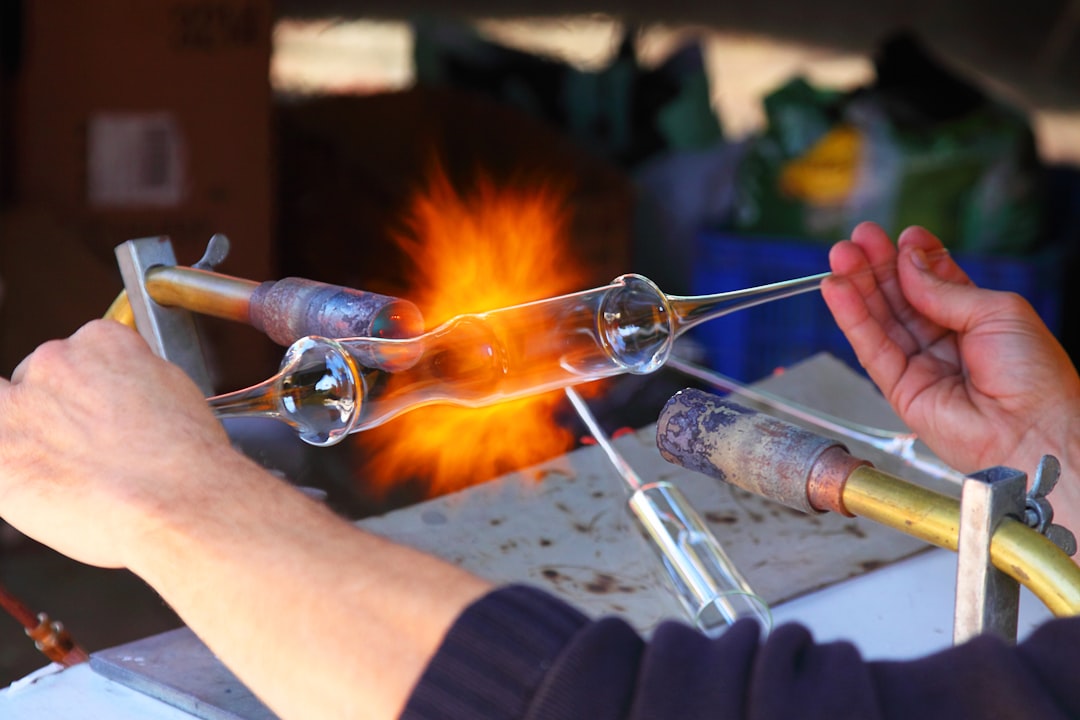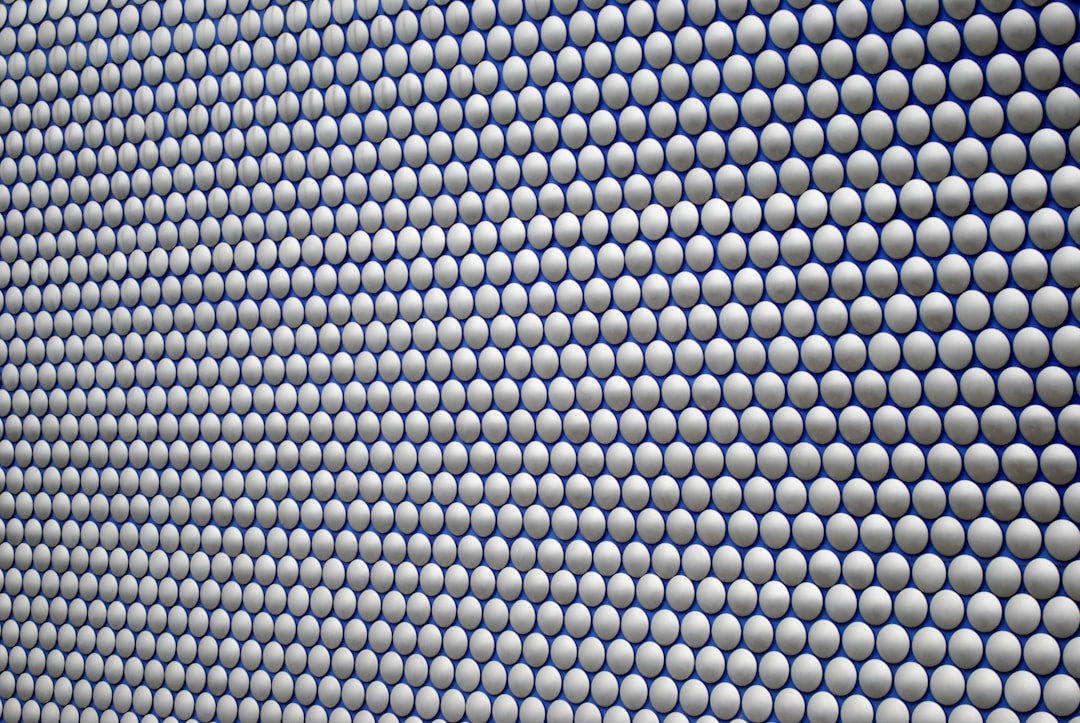What is it about?
Large volumes of dye-contaminated wastewater is a common problem in textile industries. Typical dyes such as Acid Orange 52 are difficult to treat due to the stability of their molecular structure. Advanced oxidation processes (AOPs) such as photocatalysis emerged as a powerful method to degrade these recalcitrant pollutants. Titanium dioxide is commonly used as a photocatalyst due to its wide availability but its wind band gap limits its application in the UV light range of the solar spectrum. Doping with transition metals is usually done to address this issue but common synthesis approaches such as hydrothermal treatment, ion implantation, and vapor deposition use expensive equipment, hence are costly. Herein, we report a one-pot approach for the synthesis of silver-doped titanium dioxide nanotubes. The nanotubes were characterized and then used as photoelectrodes for the treatment of dye-contaminated wastewater under UV illumination. We have demonstrated that the nanotubes can degrade Acid Orange 52.
Featured Image

Photo by Ivan Bandura on Unsplash
Why is it important?
Synthesis of doped titanium dioxide nanostructures in a one-pot approach is a more economical method compared to common doping strategies such as ion implantation, hydrothermal method, and vapor deposition. Herein we have shown that silver-doped titanium dioxide nanotubes are photoactive in degrading Acid Orange 52 in water even at a low dopant loading.
Perspectives
The simple and facile method for the synthesis of titanium dioxide photoelectrodes that we presented here can be further explored using other dopants. We hope that through this research, scale-up of photocatalytic processes for wastewater treatment can be realized.
Edgar Clyde Repato Lopez
University of the Philippines System
Read the Original
This page is a summary of: Synthesis of Silver-Doped Titanium Dioxide Nanotubes by Single-Step Anodization for Enhanced Photodegradation of Acid Orange 52, Materials Science Forum, April 2019, Trans Tech Publications,
DOI: 10.4028/www.scientific.net/msf.950.149.
You can read the full text:
Contributors
The following have contributed to this page










